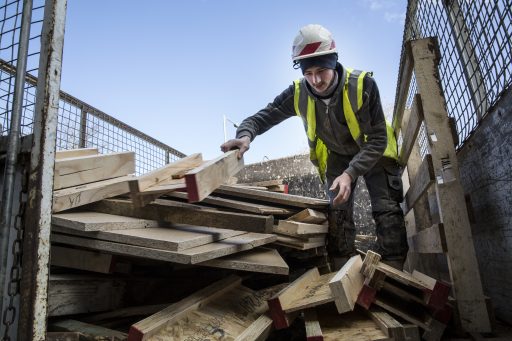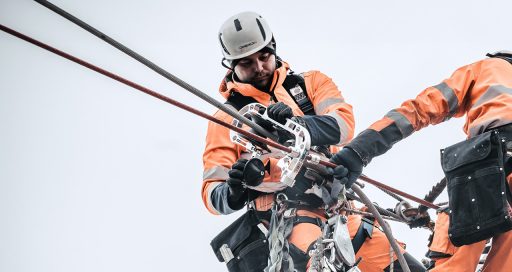Equipped with LTE technology, private mobile radio networks are an effective alternative to Wi-Fi and the 4G services offered by mobile operators at major cultural festivals. The tests that have been conducted so far are promising.
![]()
The Vieilles Charrues festival didn’t take place this year due to coronavirus. But the small 7,000-strong town of Carhaix in Brittany normally sees an influx of around 300,000 music fans on the third weekend in July for four days of open-air concerts. This also means an influx of nearly as many smartphones, making it a logistical headache to ensure phone coverage. In order to enable spectators to use their smartphones and more importantly staff and public security services (Civil Defence, fire brigade, etc.) to communicate in the event of an incident, Wi-Fi networks need to be installed. However, these are not fully reliable, especially in terms of voice services. And neither are mobile operator-run 4G networks. Interference and congestion can complicate communications, something that can prove detrimental in an emergency.
The arrival of private 4G LTE networks, a technology which facilitates data and voice communications, is perhaps changing the equation. “At big events of this kind, operator networks get bogged down by the heavy use of smartphones by spectators, particularly in rural areas. This can disrupt confidential and critical communications. At the Vieilles Charrues festival, for example, we set up a private 4G network enabling the organisers to communicate with each other and maintain a reliable link with the Prefecture*,” explains Arthur Rabaté, who is in charge of developing private 4G services at Axians Réseaux Mobiles Privés.
LTE PMR networks are easier to deploy than Wi-Fi, which involves installing multiple hotspots, and offer new uses thanks to their reliability.
Specialist VINCI Energies ICT brand Axians also tested a secure push-to-talk communication channel, based on special terminals, during the 2019 festival. Private 4G LTE networks are easier to deploy than Wi-Fi, which involves installing multiple hotspots.
Three eNodeB base stations, serving as a gateway between the mobile terminals, radio antennas and core network, are enough to cover very big sites. Axians supplies SIM cards for the private network which provide encryption and work with the most recent smartphones.
Tests and partnerships
Private mobile networks for events remain at the test stage for the time being. Under current legislation, frequencies cannot be obtained for this type of short-lived event. “We’re essentially carrying out tests, so the service can’t be marketed yet. So far, we’ve forged partnerships,” says Rabaté, who has volunteered at the Vieilles Charrues festival for several years.
It was thanks to this connection that he was able to propose that the organisers test out these private LTE networks. The technology may also be of interest to companies like Weezevent, which offers ticketing and cashless payment solutions.
While the cultural events market still represents a niche for high-speed PMR networks, it could rapidly expand in a country that hosts several thousand such events each year, including a dozen or so large-scale gatherings. But this will depend on frequencies becoming more accessible in terms of cost, since the price tag is currently prohibitive for organisers of cultural festivals, who often struggle to balance the books.
* The administrative offices of the department
15/04/2021





